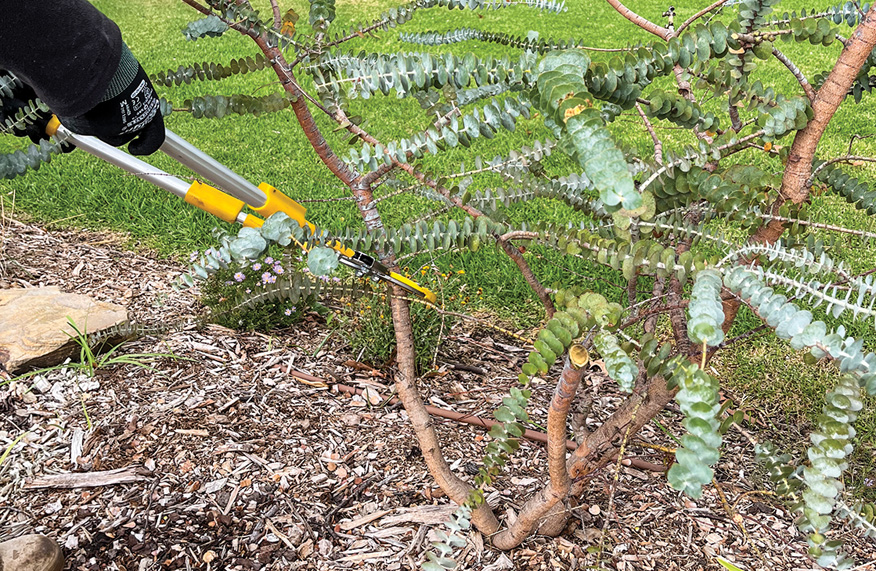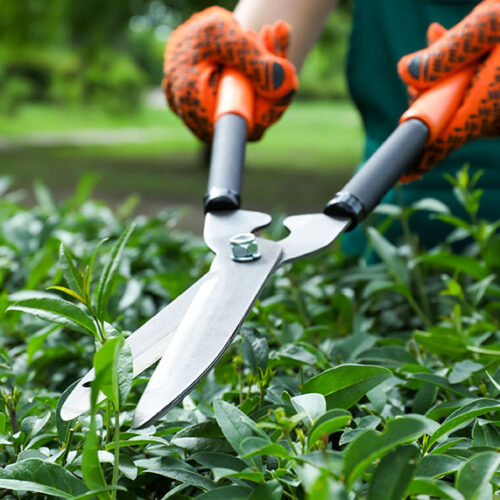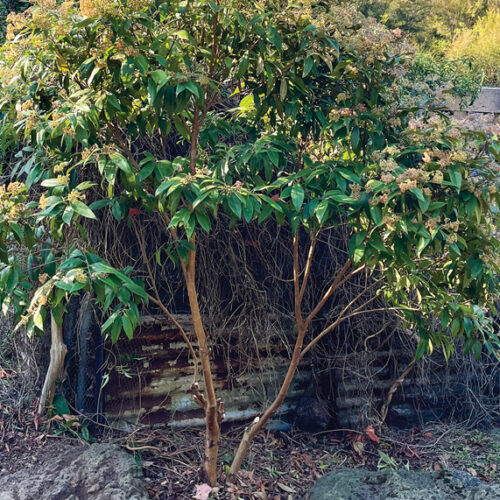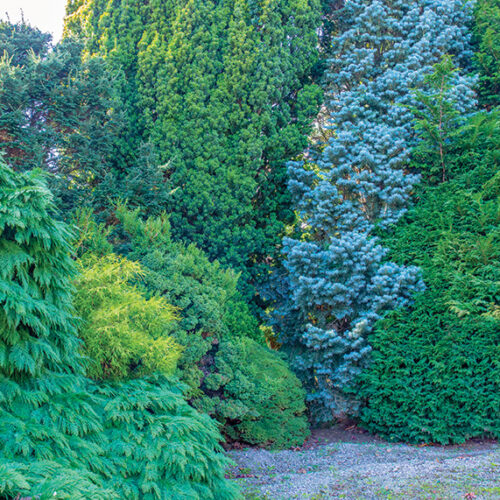Coppicing
2025-06-01T17:28:50+10:00
Not sure what coppicing is? Here's an overview.
What is it? A technique where woody plants are cut at or near the base to encourage strong, fresh regrowth.
What are the benefits? Coppicing keeps large plants to a more manageable size, opens surrounding space to more light, rejuvenates old growth, and stimulates attractive new stems and foliage.
Suitable candidates? Plants that have the ability to regenerate from a lignotuber or dormant buds on older woody branches are suitable. Native contenders include lilly pillies, tea-trees (Leptospermum spp.) bottlebrushes (Callistemon and Melaleuca spp.) and some eucalyptus, including this Eucalyptus pulverulenta ‘Baby Blue’ – an attractive open shrub grown for its silvery juvenile foliage. Non-native plants that can be coppiced include dogwood, hazelnut, witch hazel, salvia, hornbeam, mulberry and redbuds (Cercis spp.).
Common mistakes? Coppicing plants that don’t tolerate heavy pruning. Look for fresh shoots emerging from the base or interior of the plant to assess suitability. Allow new plants 3–5 years to get established before coppicing. Consult your local nursery or do some research online if unsure.
step-by-step
- USE secateurs to remove the outer sections of branches for weight reduction. Prune from the outside, working inward.
- USE loppers to remove branches with a 2.5–5cm diameter.
- REMOVE remaining stumps with a saw, 10–12cm above the ground.
- FEED, mulch and water the plant. Monitor new growth for pests. Thin out weak stems and re-coppice every 1–5 years as needed.
Header image by AB Bishop





